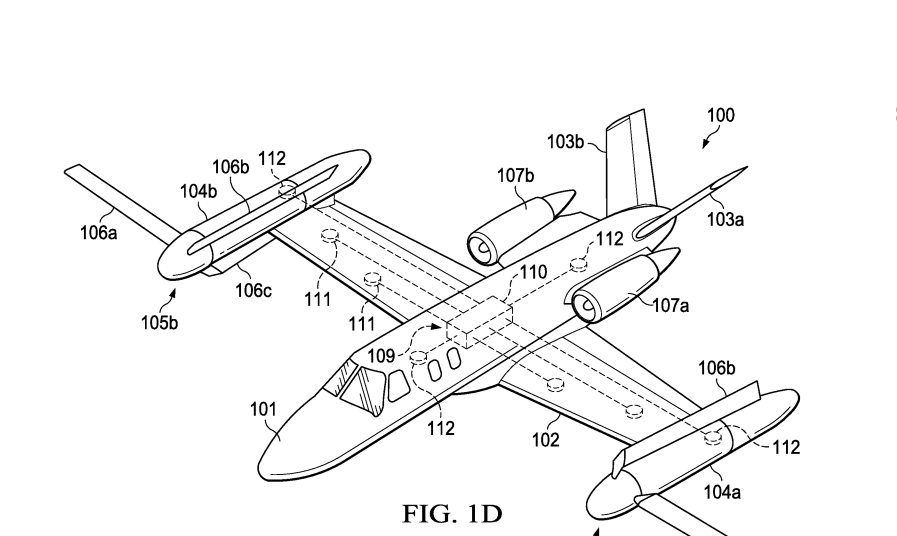The question remains unanswered:
1. should the marines or army "get" the pacific ground theater? What should the force structure be like?
2. should helicopters be heavily invested as means of mobility as opposed to other aeronaval options for the pacific theater?
The marines are planning a set of capabilities to remain relevant in a fight that the united states does not appear to want to commit serious land forces fighting (tell me plans for getting divisions onto Taiwan~). On the other hand, stationing air defense and long range precision strike isn't exactly a unique task like amphib assaults.
------
Helicopters, with the current ecosystem does not seem economical relative to traditional aircraft, as:
1. The conflict involve extreme distances that demands long range (large and heavy) weapon systems, likely beyond helicopter capacities
2. The mission is defensive, air strip can be invested in and no much need to penetrate AD. Attrition/Mass of infantry is also the last issue for a fight like like this.
3. The naval environment offer less cover to an low air approach, which is tightly watched and utilized by far more dangerous weapons like high speed/stealthy cruise missiles that threatens high value targets. This is unlike land warfare with terrain cover and cruise missile have difficulty hitting high value mobile targets due to ISR limits and vehicle scale.
Now, #1 is not a hard constraint: perhaps families of weapon systems that have relevant ranges for the pacific can be developed to work off medium helicopter payload. One can imagine field assembly of missiles and light weight weapons made for range like loitering munitions, but the US doesn't seem to have much interest. One also wonder if risking men and so many assets is worth it relative to investing in XLUUV with weapons capability.
An alternative line of thinking would have air strip building engineering equipment fit inside medium helicopter payload, however the conflict is likely too fast for that kind of thing.
---------
Imagine the IJN having this next century capability, and it wouldn't have helped them all that much. Compare that with literally everything else....









